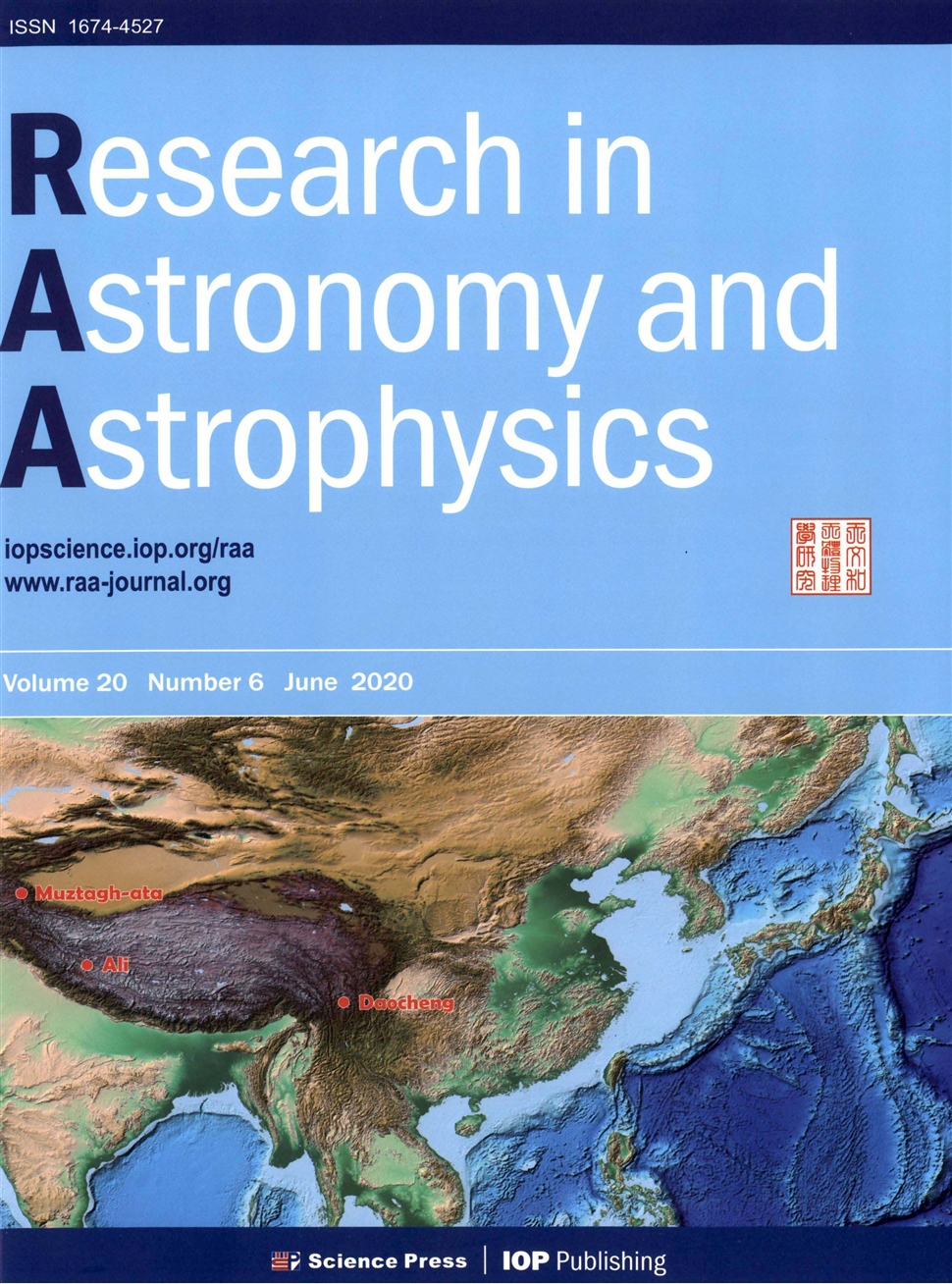Contact binaries at different evolutionary stages
作者:Sheng-Bang Qian,Li-Ying Zhu,Liang Liu,Xu-Dong Zhang,Xiang-Dong Shi,Jia-Jia He,Jia Zhang
摘要:Contact binaries consist of two strongly interacting component stars where they are filling their critical Roche lobes and sharing a common envelope.Most of them are main-sequence stars,but some of them are post main-sequence systems.They are good astrophysical laboratories for studying several problems such as the merging of binary stars,evolution of the common envelope,the origin of luminous red nova outbursts and the formation of rapidly rotating single stars with possible planetary systems.A large number of contact binary candidates were detected by several photometric surveys around the world and many of them were observed by the LAMOST spectroscopic survey.Based on follow-up observations,the evolutionary states and geometrical structures of some systems were understood well.In this review,we will introduce and catalog new stellar atmospheric parameters(i.e.,the effective temperature(Teff),the gravitational acceleration(log(g)),metallicity([Fe/H])and radial velocity(Vr))for 9149 EW-type contact binaries that were obtained based on low-and medium-resolution spectroscopic surveys of LAMOST.Then we will focus on several groups of contact binary stars,i.e.,marginal contact binary systems,deep and low-mass ratio contact binary stars,binary systems below the short-period limit of contact binaries and evolved contact binaries.Marginal contact binaries are at the beginning of the contact stage,while deep and low-mass ratio contact binary stars are at the final evolutionary stage of tidally locked binaries.Several statistical relations including the period-temperature relation are determined well by applying LAMOST data and their formation and evolutionary states are reviewed.The period-color relation of M-type binaries reveals that there are contact binaries below the short-period limit.Searching for and investigating contact binaries near and below this limit will help us to understand the formation of contact binary systems and a new prediction for the short-period limit is about 0.15 d.Some evolved contact binari
发文机构:Yunnan Observatories School of Physics and Astronomy Key Laboratory for the Structure and Evolution of Celestial Objects Center for Astronomical Mega-Science University of Chinese Academy of Sciences
关键词:binaries:eclipsingstars:late-typestars:low-massstars:formationstars:evolution
分类号: P15[天文地球—天文学]
- The evolutionary status of chemically peculiar eclipsing binary star DV Boo
- The relaxation of galaxy clusters at redshift z=0 in IllustrisTNG simulation
- Radiative hydrodynamic simulations of the spectral characteristics of solar white-light flares
- Investigating the relationship between cosmic curvature and dark energy models with the latest supernova sample
- Astronomical Site Monitoring System at Lijiang Observatory
- A polarization study of the supernova remnant CTB 80
- Imaging atmospheric turbulence,using entropy to quantify turbulence strength
- The first results of observations of lunar occultations in different spectral ranges at the 6-m telescope of the SAO RAS
- The timing residual patterns due to pulsar acceleration
- Contact binaries at different evolutionary stages


